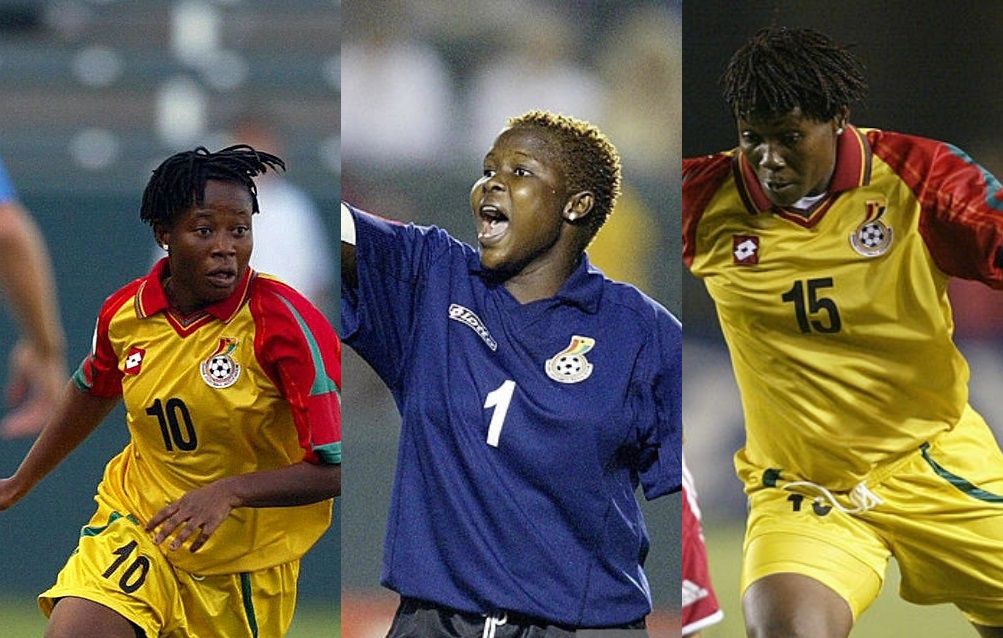When Hasaacas Ladies FC lifted the inaugural WAFU B Women’s Champions League trophy in 2021, it was more than just a win — it was a wake-up call. Yet nearly four years later, Ghana’s women’s football ecosystem remains underfunded, underreported, and, more alarmingly, undervalued.
This editorial, explores why the current trajectory of women’s football in Ghana is both a missed economic opportunity and a reflection of skewed media priorities.
A League of Untapped Value
The Ghana Women’s Premier League (WPL) continues to develop strong grassroots and competitive clubs — from Berry Ladies FC, Jonina Ladies FC to Faith Ladies FC — with matches drawing significant local interest. However, the infrastructure supporting these clubs, in both media and monetization, pales in comparison to the men’s game.
As reported in a May 2025 feature by Accra Street Journal , while men’s league players average GH₵1,000–GH₵2,500 per match in bonuses and receive regular broadcast coverage, women’s teams often function on less than 20% of that budget — with no live television deals for the majority of the season.
The Media Bottleneck
Despite the growth of women’s sports across Africa — with CAF investing over $1 million annually in women’s competitions — Ghana’s domestic media continues to limit coverage. A content analysis by Accra Street Journal revealed that less than 8% of total football-related airtime on radio and television in Ghana between January and April 2025 was dedicated to women’s matches or player features.
This lack of visibility doesn’t just affect perception — it affects investment. Sponsors follow eyeballs, and eyeballs follow stories. Right now, women’s football lacks consistent storytellers.
From CSR to Commercial Strategy
Most corporate engagement with the women’s game in Ghana is positioned under CSR — not marketing. But as proven by Nigeria’s NWFL or South Africa’s Hollywoodbets Super League, women’s football, when properly branded, sells tickets, generates merchandise sales, and delivers sponsor ROI.
Accra Street Journal’s sports desk estimates that clubs with even modest digital strategies and youth engagement programs could increase sponsorship value by up to 45% over two seasons — if backed by data and visibility.
A Call to Editors, Not Just Fans
The next chapter of Ghanaian football will not be written on the pitch alone. It will be shaped by what we publish, what we televise, and who we amplify. Journalists, editors, and bloggers must see women’s football not as a sidebar, but as headline-worthy.
Publication platforms like 3 News Sports, Accra Street Journal, Accra Daily News, Gloria Kafui Kuzo (Female Sports Journalist and Activist) & SKB Journal – Sports have begun taking this seriously, launching long-form player profiles, stadium reportage, and editorial coverage of club ambitions and governance. But broader industry adoption is necessary.
What Comes Next
As Ghana’s sports economy inches toward professionalization, ignoring the potential of women’s football is not just unjust — it’s bad business.
More coverage. More analysis. More investment. That’s the playbook for the future of the game.
Source: Accra Street Journal


